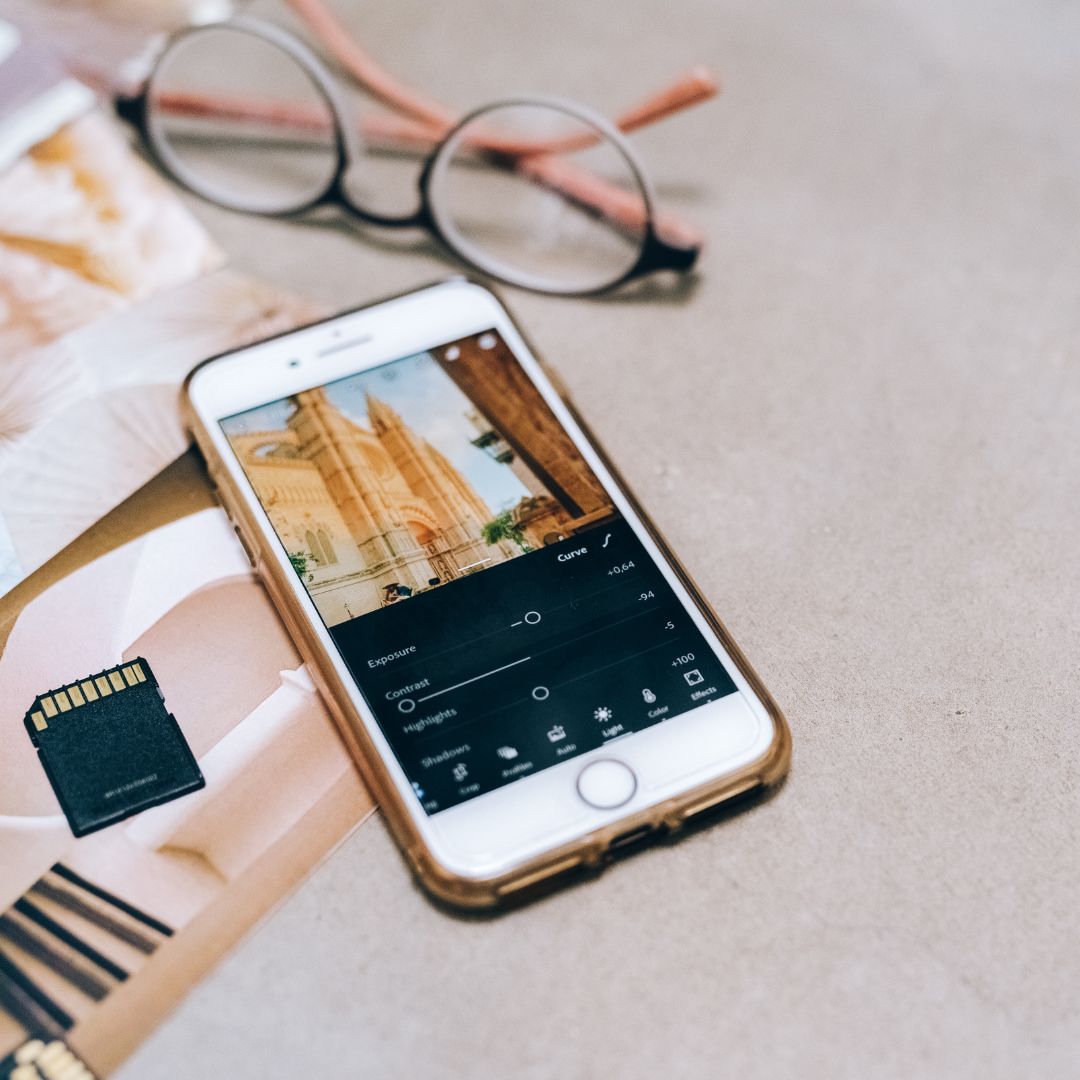Struggling to get high-quality photos for your business without blowing the budget? You’re not alone. Whether you're promoting a battlefield event or running a mobile laser tag business, eye-catching images can make or break your marketing.
The good news?
You don’t need to be a professional photographer—or hire one—to get results. In this blog, I’ll share five easy photo hacks that have worked wonders for me. They're practical, budget-friendly, and best of all, you can start using them today.

If you don't have a big budget to get a professional photographer to create some magic for you these hacks might prove useful.

First, invest in a top-quality digital camera or opt for a smartphone with a good camera.
Digital cameras in smartphones have advanced a LOT in recent years.
Experiment with various settings to determine what works best for you.
You can also get extra apps nowadays, such as Lightroom, which can enhance your images.
Second, running a live-action gaming business is great for PR opportunities. So, when a photojournalist comes to take a photo of an event you are running or doing a story on your battlefield, here is a tip for getting great photos.
Whether it's from the local rag or The London Times, photojournalists have great skills in setting up a good picture. They often bring lights; know where to stand to get a good perspective; what to place behind the subject to ensure good composition, etc.
But if that photojournalist takes the photo, they own the copyright, not you.
This is the way it is, even if the photo is of you. And some news services charge a lot of money for copyright release, i.e., to give you permission to use that image on your website or in your brochures.
Don't despair! All you need to do is mimic the photographer with your photos.
Bring along a camera or have your staff keep a phone handy at this PR event.
Then take LOADS of photos (you can always delete the bad ones!) while standing just over their shoulder.
This allows you to benefit from their know-how and get some fantastic shots of your own.
In other words, stand just behind the professional photographer, and you should get a good photo.
Of course, just to be polite, you might want to ask the photojournalist before you start hovering behind/around them if it's okay to take a couple of snapshots. (HINT: Use the word snapshots or similar because it sounds casual.) Also, you may want to take a photo of yourself with the photojournalist, the journalist, or the celebrity shaking hands with you.
This is a good habit to get into, so you will end up with, eventually, lots of photos of you with important people to put on your boardroom wall.

Ensure that you include in your employment contract with your staff any photos/videos that they capture during their duties, so that you (or your company) will own the copyright of this audio-visual.
Likewise, I also recommend including a clause in the contract that your staff is expected to act as talent, i.e., actors or extras for photo or film shoots as a normal part of their duties; they will not receive any royalties for such contributions.

So you have loads of digital photos at your fingertips. Great! Before you hit the "delete" button on your device, transfer them to your laptop or desktop so you can go through each one.
The bigger screen will help you make a decision on whether the image is worth showcasing your business on the battlefield.
Not only are you looking for an image that is in focus and has good composition, but it also tells the story you want to be told.
However, always check the background of the image.
You might be surprised at how often it can happen when something unexpected appears in the background that you don't want.

Most smartphones have a setting that overlays a simple 3x3 grid on your screen, and this isn’t just for decoration.
It’s your secret weapon for using the rule of thirds—a time-tested composition technique used by pro photographers.
The idea is simple: instead of placing your subject dead center, position it along the lines or at the intersections of the grid.
This creates balance, draws the viewer’s eye, and makes your photo feel more natural and dynamic. This works exceptionally well for action shots on the battlefield. For example, frame your players just off-centre, with movement or a dramatic background filling the other third.
Bonus tip: Many phones also offer preset shooting modes, such as “portrait” or “action,” which automatically adjust focus and lighting. Modern phones also offer "auto-contract" features to make photo editing easy. Don’t ignore these built-in features; they can be lifesavers in fast-moving games or tricky lighting conditions.
Better still, you can select a 3:4 aspect ratio. This is easy to do on a phone and is ideal for importing onto social media like Instagram, Facebook, and Pinterest. That way, you don't have to crop the images later (and potentially struggle to get everyone important in frame). So next time you’re out snapping, remember: grid on, rule of thirds in mind, and don’t be afraid to play around. A little shift in framing can turn a plain pic into a scroll-stopper.
Now it’s your turn! Grab your camera (or your phone), try out these tricks, and see the difference for yourself. Got a photo you’re proud of? Tag us—we’d love to see your battlefield brilliance in action.
#BattlefieldSports
Planning a new Live-Action Gaming attraction? Avoid these #7 rookie mistakes in the first year.
©2025 All rights reserved